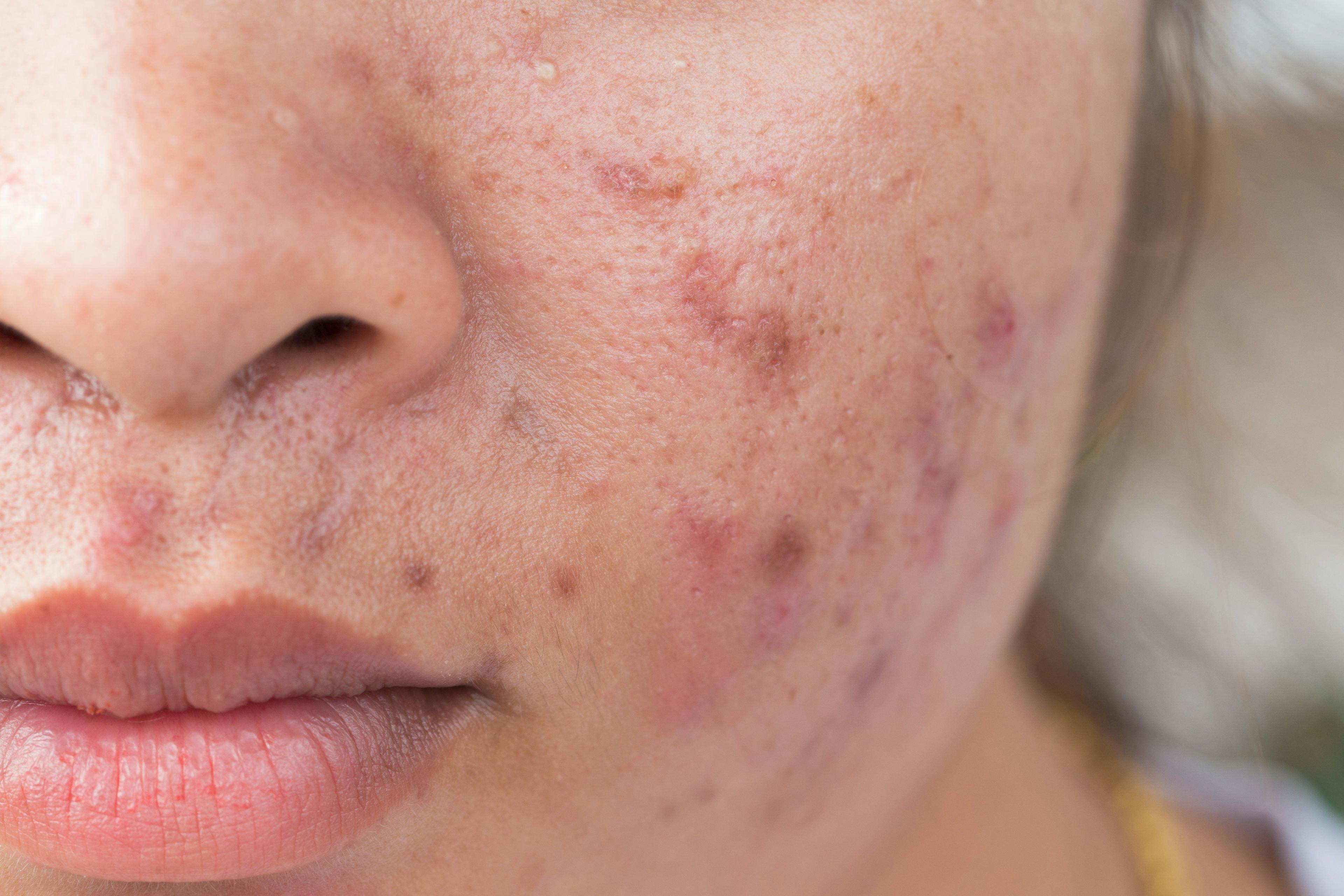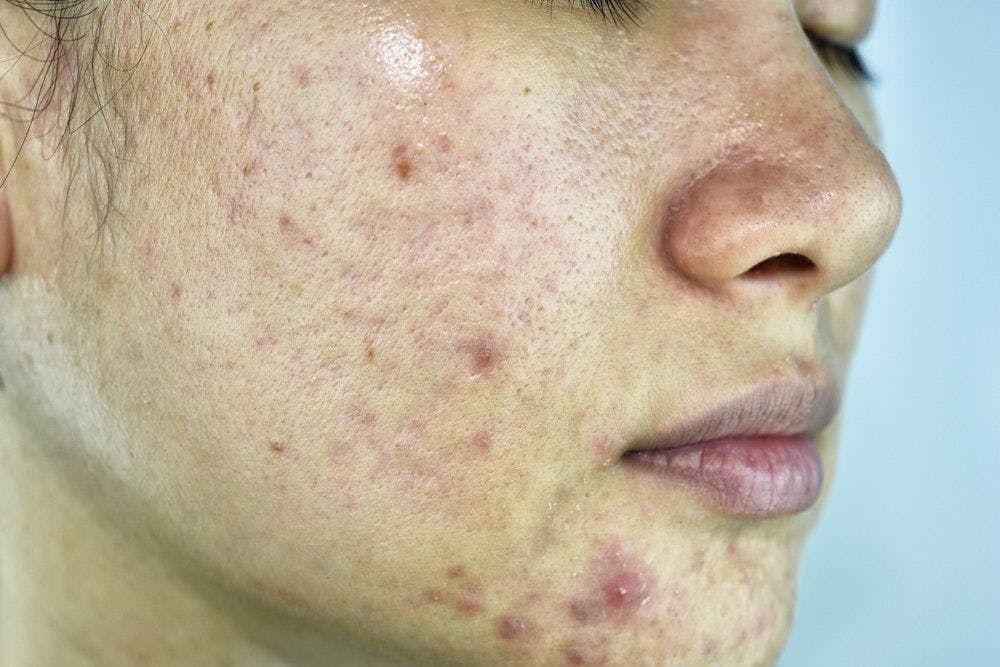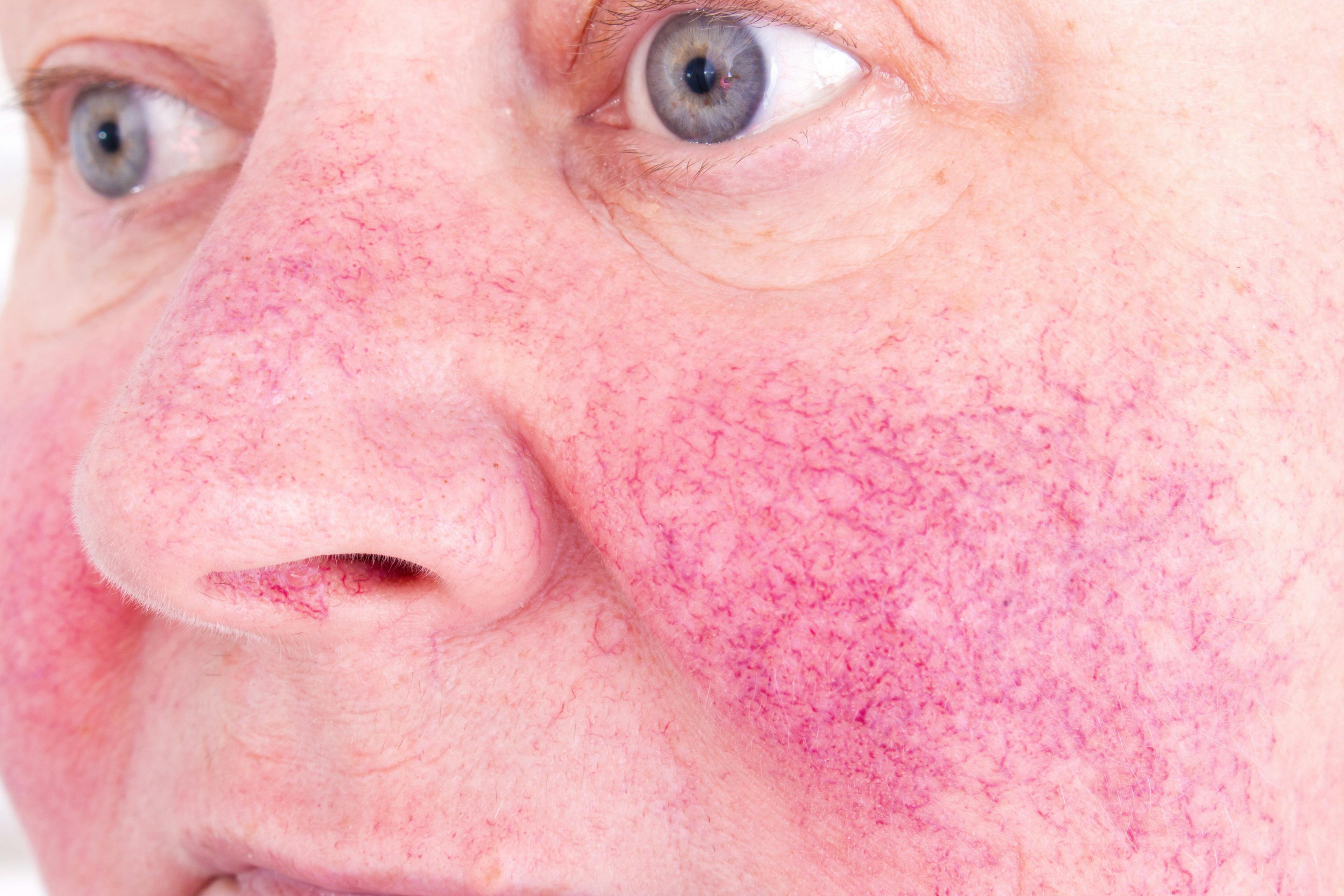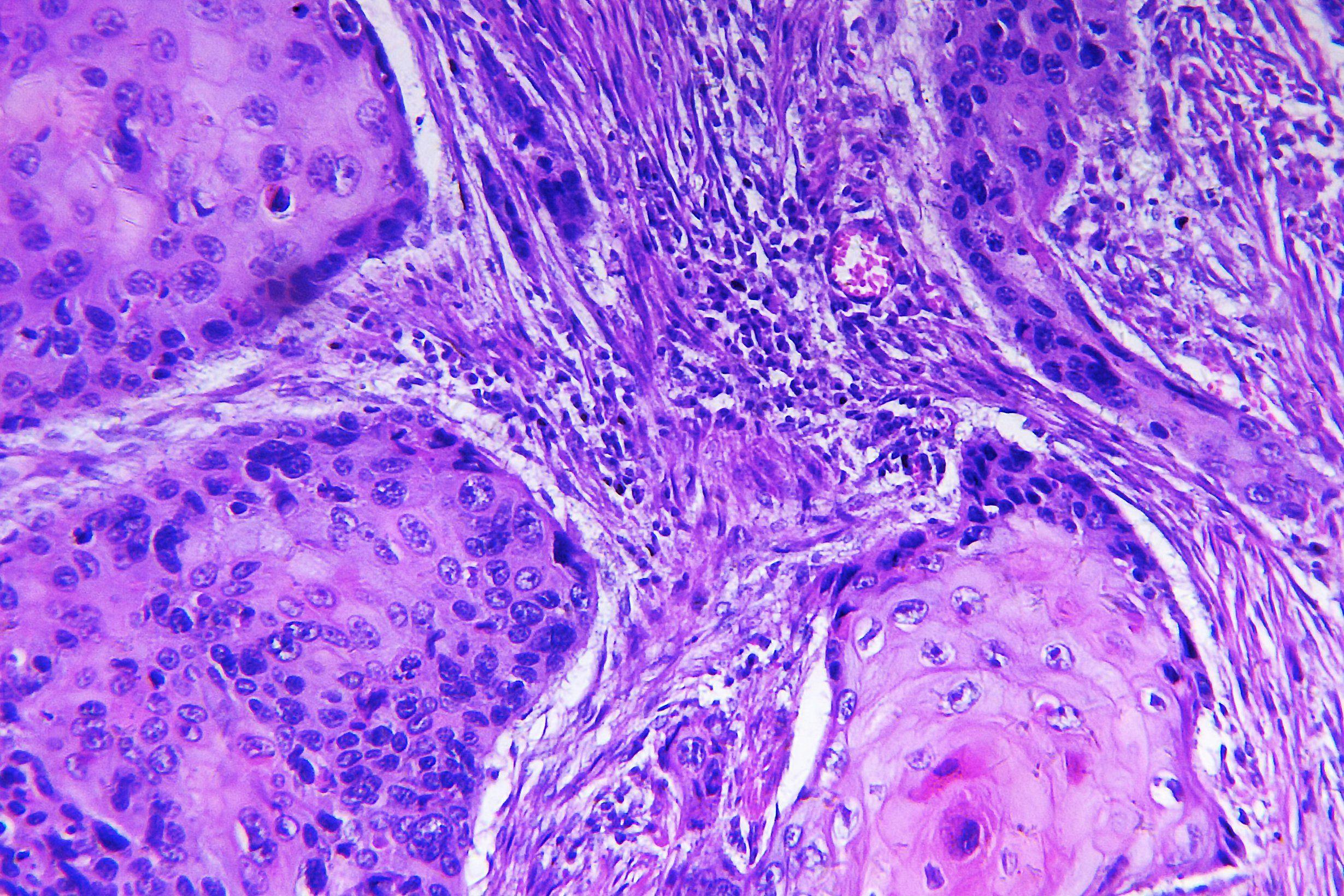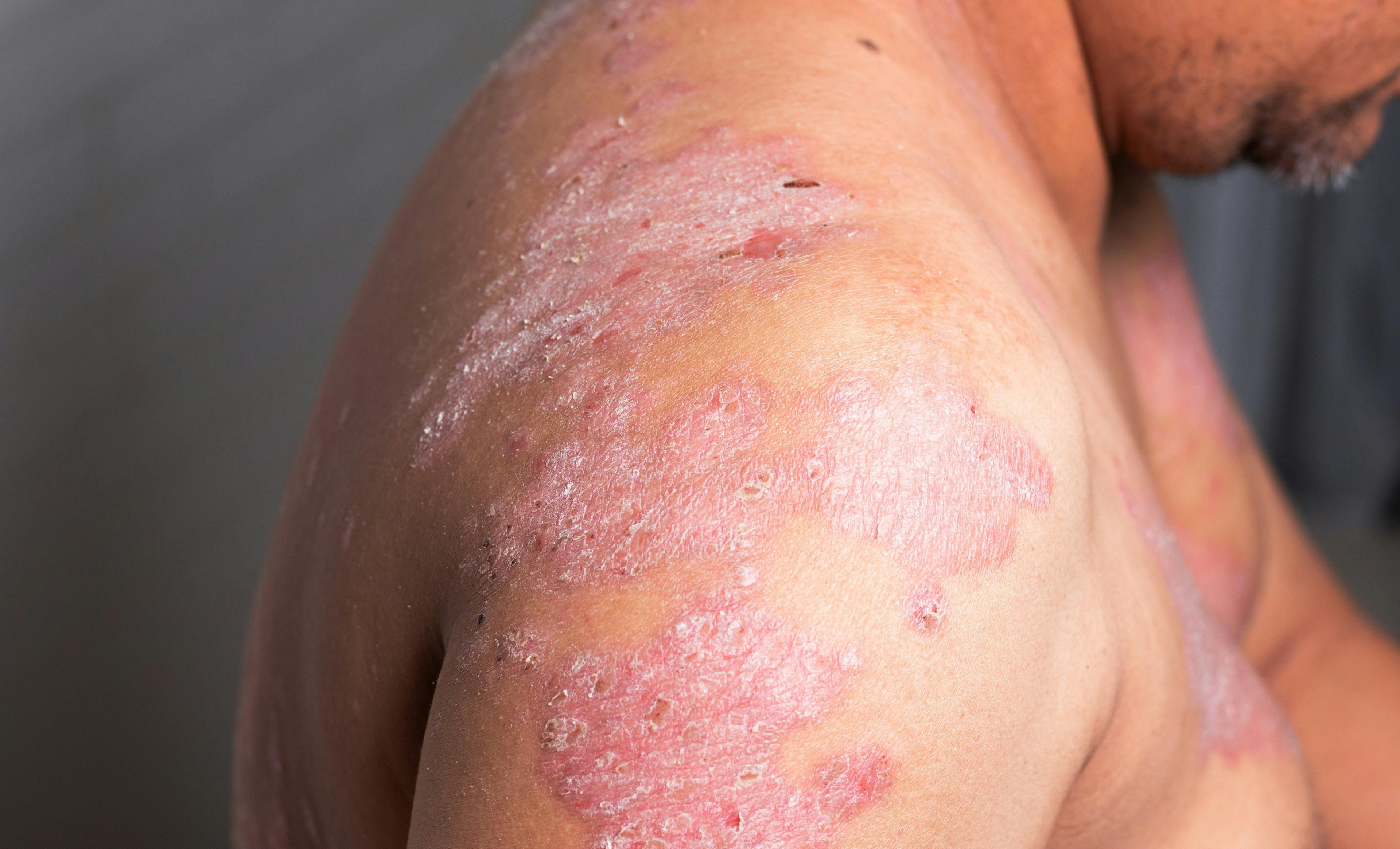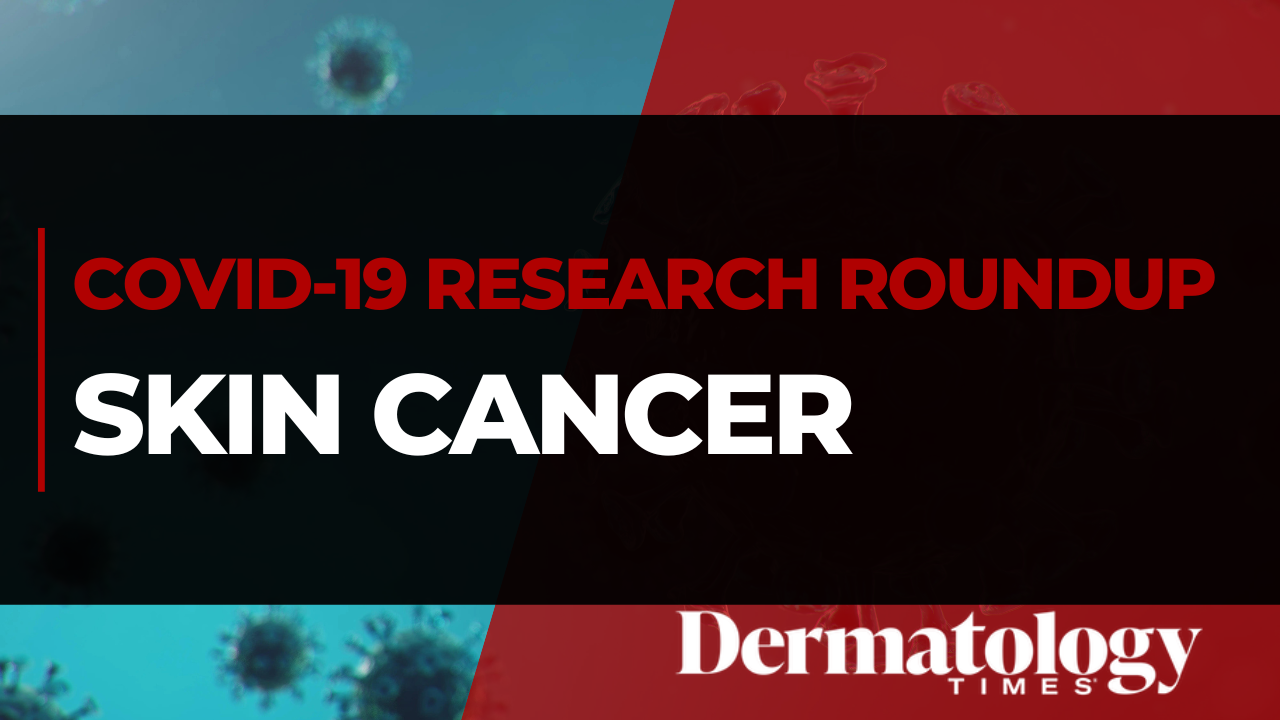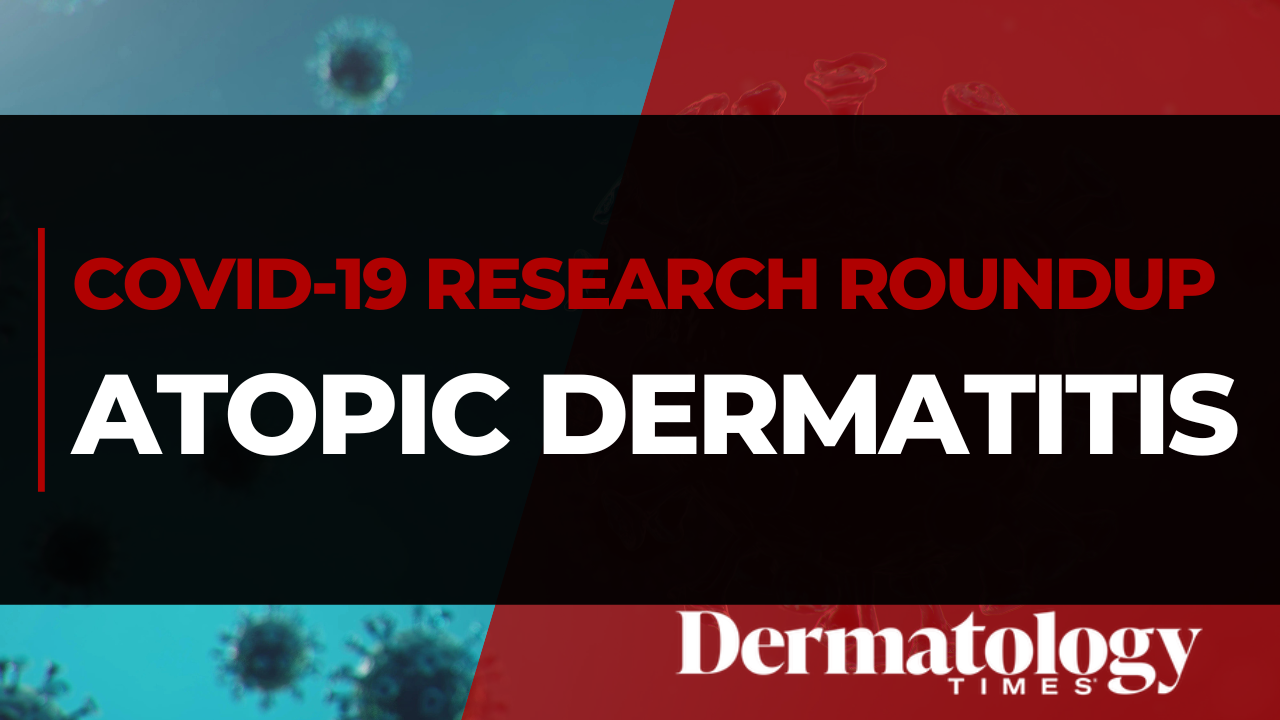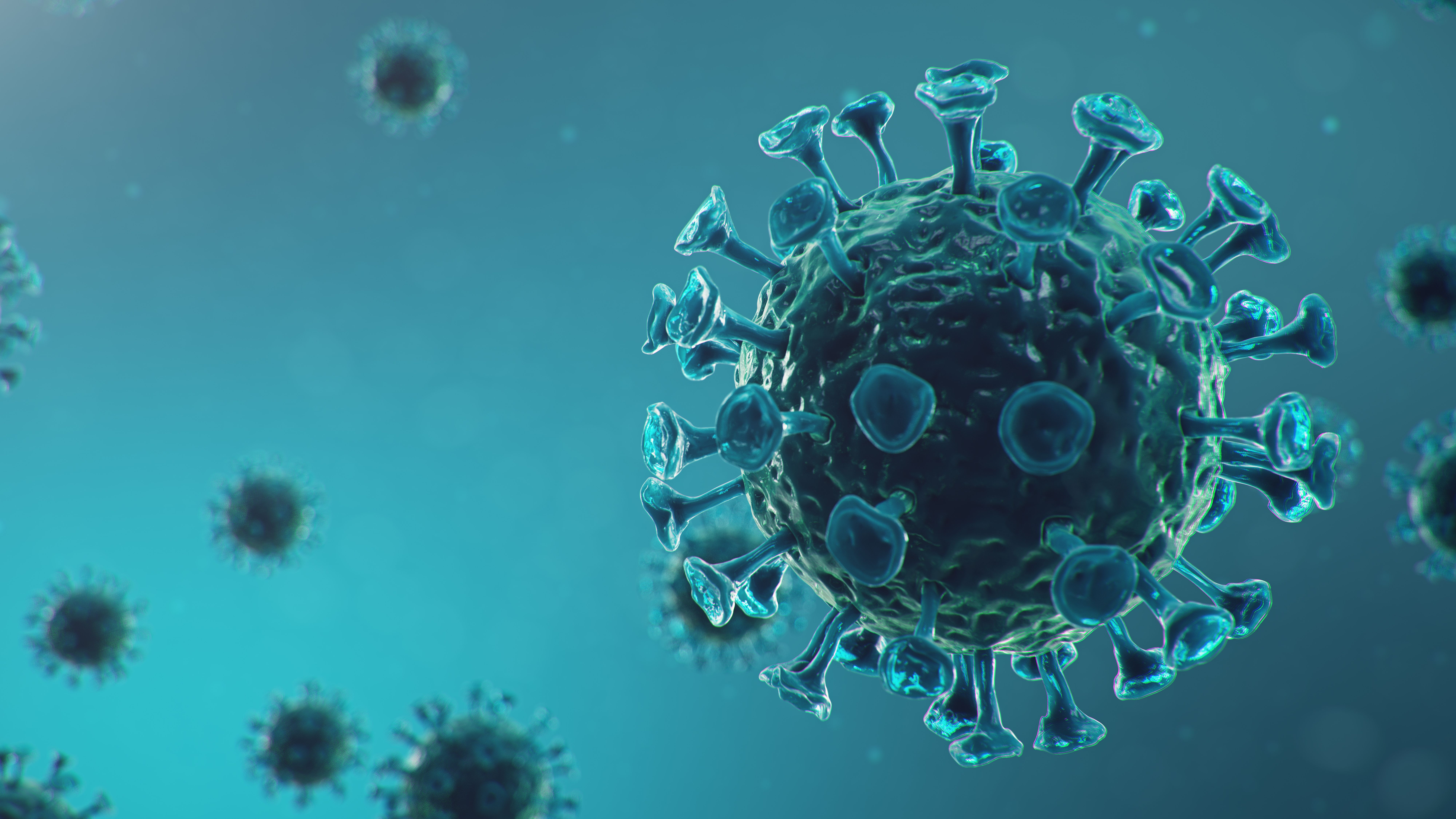- Acne
- Actinic Keratosis
- Aesthetics
- Alopecia
- Atopic Dermatitis
- Buy-and-Bill
- COVID-19
- Case-Based Roundtable
- Chronic Hand Eczema
- Chronic Spontaneous Urticaria
- Drug Watch
- Eczema
- General Dermatology
- Hidradenitis Suppurativa
- Melasma
- NP and PA
- Pediatric Dermatology
- Pigmentary Disorders
- Practice Management
- Precision Medicine and Biologics
- Prurigo Nodularis
- Psoriasis
- Psoriatic Arthritis
- Rare Disease
- Rosacea
- Skin Cancer
- Vitiligo
- Wound Care
Publication
Article
Dermatology Times
Malaria drug hydroxychloroquine may treat COVID-19
Author(s):
As the number of patients infected with COVID-19 continues to rise, several experts are relaying data they say may save lives and change the course of this pandemic. According to Drs. George Martin, Ted Rosen, Sheila Fallon-Friedlander, Albert Yan, and James Treat, recent data provides evidence of the use of HCQ, its dosing, as well as epidemiology insights that will serve all healthcare practitioners in the fight against the novel coronavirus, COVID-19.

Hydroxychloroquine (HCQ, Plaquenil) may be useful as both post-exposure prophylaxis to the severe acute respiratory syndrome coronavirus 2 (SARS-CoV-2) virus, as well as in the treatment of COVID-19, the disease that results from exposure to the new coronavirus, according to experts who are urging colleagues across the medical industry to review the data and their comments, stating that this insight has the potential to save lives and change the course of this pandemic.
As of Friday, March 20, 2020, the CDC reports there have been a total of 15,219 individuals in the United States infected with COVID-19 and 201 deaths. Worldwide, the virus has infected 242,488 individuals, resulting in nearly 10,000 deaths, according to the European Centre for Disease Control and Prevention, posing a serious global health threat with currently no indication of slowing.
In a post on the MauiDerm for Dermatologists event site, George Martin, M.D., program director, along with colleagues Ted Rosen, M.D., Sheila Fallon-Friedlander, M.D., Albert Yan, M.D., and James Treat, M.D., share summaries of recent data that provide evidence of the use of HCQ and its dosing as well as epidemiology of COVID-19 infections. The single best epidemiology modeling data, they note, is a commentary published on the website Medium, that shows the speed at which the virus is replicating around the world, and it is with this urgency in mind that they share their takeaways from some of the most impressive data they say may save lives.
“The number of cases reported daily grossly underestimate the true number of cases and many asymptomatic but infected individuals are unknowingly spreading the disease,” Dr. Rosen says in the summary and adds “the only real solution is a nearly universal and immediate lockdown. In effect, a virtual population-wide quarantine. Now.”
Isolated quarantines will likely be insufficient, Dr. Martin says. According to a letter they cite, which was published in the New England Journal of Medicine, March 17, 2020, the virus remained stable on various surfaces for several days. The virus had the ability to remain airborne for up to three hours, and it could survive on plastic for up to three days and on steel for up to two days.
HCQ is a drug already approved by the U.S. Food and Drug Administration for the treatment of malaria, as well as discoid and lupus erythematosus and rheumatoid arthritis. Therefore, it may be prescribed off-label.
While president Donald Trump announced Thursday, March 19, that he’s pushing FDA to eliminate barriers to make HCQ available, FDA Commissioner Stephen Hahn says the organization will remain responsible in its evaluation of potential therapeutic options, including those that are already approved for other indications, “to make sure that patients receive the right dosage at the right time,” according to CNN politics.
“As health care providers, many of us who are on the front lines taking care of COVID-19 patients, timely and reliable information will save lives and maybe yours as well,” says Dr. Martin. “The emergence of HCQ as the only readily and widely available safe therapy for eradicating SARS-CoV-2 from the nasopharynx, both for infected patients as well as HCP prophylaxis is vital information that needs to be shared.”
Below are more takeaways from the group’s review related to at-risk populations and HCQ efficacy and dosing:
Data published online March 17, 2020, in the International Journal of Antimicrobial Agents, shows that patients who were given 200mg HCQ, three times/day for 10 days, had significant clearance of the SARS-CoV-2 viral load in the nasopharynx compared with non-treated controls, and that effect was enhanced when azithromycin was added. Of 46 patients, 26 were treated with HCQ vs. 16 controls. While six patients in the HCQ group were lost to follow up, 70% of patients treated with HCQ were clear of their virus at day six vs. 12.5% of controls. When azithromycin was added, 100% of patients treated with the combination cleared their virus vs. 57.1% of patients treated with HCQ only.
An in vitro cell culture experiment, published by a Chinese team led by Xueting Yao, M.D., of Peking University Third Hospital, Beijing, China, in the journal Clinical Infectious Diseases, March 9, 2020, tested the pharmacological activity of chloroquine vs HCQ on Vero cells infected with SARS-CoV-2. Results showed HCQ was more potent than chloroquine at inhibiting the SARS-CoV-2 virus. Based on physiologically based pharmacokinetic models, a loading dose of 400 mg HCQ orally twice per day on day one followed by 200 mg twice a day on day 2 through day 5 is recommended.
The experts report findings from two papers related to the mild symptoms of COVID-19 observed in children, stating that the relative immaturity of the presumed cell receptor for the virus (ACE2) may make children less receptive hosts, and this knowledge may lead to therapeutic targets. However, “it is also important to note that children on immunosuppressive medications and with predisposing medical issues are likely at higher risk,” they note. Additional data show a surprisingly high rate of asymptomatic infection in children <10 years old. Of those infected, there was a strikingly high proportion who developed pneumonia (65%). Between 76% and 90% had a relative with confirmed infection, highlighting the likelihood of intra-familial spread. It’s important to note that while kids may not get sick, they can and are actively transmitting infection that is reaching the higher risk population.
The March 18, 2020, MMWR Report early release data confirm ages 19 and younger are at lower risk, while those ages 65 years and older are at high risk if exposed to this virus, Dr. Fallon Friedlander, notes.
“I think their findings substantiate a risk that has been downplayed previously: Yes, 80% of deaths have occurred in those >65, but that means that the 20% of deaths occur in those 20-64 years of age,” she says. “We need to share that info with those found partying and ignoring social distancing protocols. Members of this age group must be aware they can get sick, and they can spread disease to others, even if they aren’t feeling so bad.”
“While the literature cited suggests there may be utility of hydroxychloroquine in both post-exposure prophylaxis and therapy of active disease,” says Ted Rose, M.D., “Keep in mind this treatment has not been verified in a rigorous randomized controlled study. Prevention of spread is still paramount.
“At this point in time, social distancing is the most effective way we can combat the spread of COVID-19,” he adds. “Any way you can contribute to that concept will be of value, including reducing the number of patients coming for face to face office visits. Postpone elective procedures, delay return visits for stable established patients, and practice teledermatology in any way and as often you can.”
Dr. Fallon Friedlander adds, “Amidst all these fears, there is some good news. The FDA’s approval of chloroquine and hydroxychloroquine for research and compassionate use identifies off-label options involving these two relatively innocuous drugs. Preliminary trials utilizing these antimalarials with azithromycin suggest that this combination therapy may provide even more hope. As Dr. Rosen points out, this does not diminish the importance of evaluation.”
Finally, in the commentary, Dr. Martin says, that based on the data, if confronted with patients with COVID-19, he would administer HCQ 200 mg TID for 10 days. Regarding HCPs working on the “front line” treating hospitalized patients, based on available studies, he is recommending prophylaxis with HCQ 200 mg BID indefinitely until the pandemic is over. Current studies are underway looking at HCQ prophylaxis. Additionally, and based on influenza data, supplementing with Zinc and treating with Zicam intranasal spray several times daily with the goal of minimizing nasopharyngeal colonization might be worth considering.
Data have been collected and can be reviewed with comments by experts on the MauiDerm for Dermatologists website.
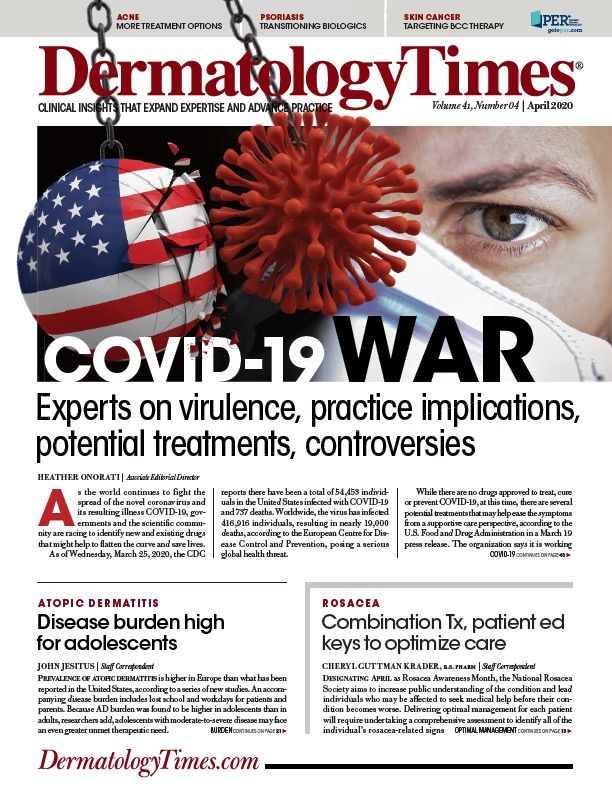
Newsletter
Like what you’re reading? Subscribe to Dermatology Times for weekly updates on therapies, innovations, and real-world practice tips.



